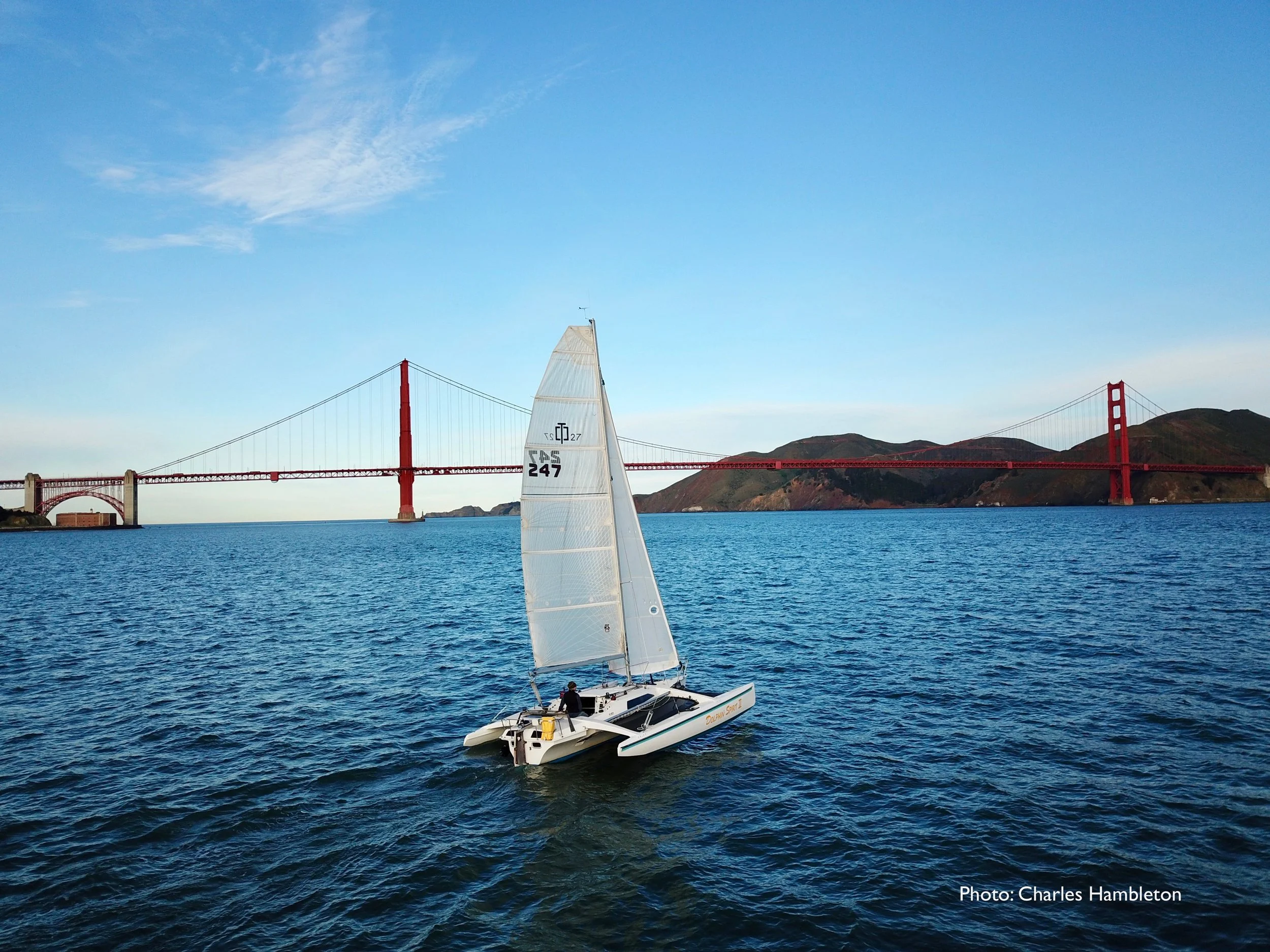THE CORKY SANCTUARY
PURCHASE OF LAND AND FISHING LODGE AT DOUBLE BAY
After six months of difficult negotiations and delays, on October 12, 2018, Michael Reppy closed the deal on the purchase of the Pacific Outback Resort - a run-down fishing lodge on Double Bay, Hanson Island, British Columbia.
This was a once in a lifetime opportunity to obtain a perfect location for a Whale Sanctuary for Corky!
Double Bay and the lodge have all the requirements for a whale sanctuary: a pristine and protected bay, with good tidal flow for clean water, and room to create an approximate 50 acre netted enclosure with depths up to 80’, and a deep water channel to the dock.
The lodge features a large lounge, restaurant grade kitchen and dining room, and cabins and rooms to house over 30 people.
Additionally, the facility will become an Ocean Conservation and Educational Center, hosting seminars, meetings, and retreats.
We will support healthy oceans and watersheds, the return of wild salmon, the phase out of open net salmon fish farms, and promote the rich cultural heritage of indigenous first nations, such as the ‘Namgis.
This is a huge rebuilding project to bring the facility up to the standard we want…
NEWS
J17 showing constriction in neck - sign of
starvation. Photo: Center for Whale Research
TWO MORE southern resident orca starving
J17, Princess Angeline, and mother of J35
Tahlequah, has severe “peanut head” from
starvation. Her death would be especially
devastating because she is still of child
bearing age. K25, Scoter. is also starving,
and has had trouble foraging since the
death of his mother. Orca expert Ken
Balcomb stated, “ I am confident we are
going to lose them sometime before summer.
In mid September 2018, 3 year old J50,
Scarlet was not seen with her pod and declared dead. Stated Ken Balcomb, “The message brought by J50, and by J35 and her dead calf a few weeks ago, is that the southern resident killer whales are running out of reproductive capacity and extinction of this population is looming,”
Photo by Ken Balcomb, Center for Whale Research
TAHLEQUAH’S “TOUR OF GRIEF”
Tahlequah’s tour of grief and Scarlet’s deteriorating health puts focus on southern resident orca’s risk of extinction.
The Plight of the Southern Resident Orcas, starving from lack of salmon and down to only 75 members, was dramatically brought to the attention of the world by J35 Tahlequah as she carried her dead baby on her head in a mourning ritual that went on for 17 days and over 1000 miles. Her baby, born on July 24, 2018, was the first birth of the Southern Residents in three years, but lived only about 30 minutes.
Orca, and some other mammals such as elephants and gorillas are known for grieving and carrying their young, but never for 17 days, which is unprecedented. The story was a heart-breaker, and spread around the world. Finally, on day 17, with the baby’s body deteriorating on her head, she let it go. Orca expert Ken Balcomb, who had described the ordeal as a “tour of grief”, later observed Tahlequah and reported she looked “vigorous and healthy”. There was a collective sigh of relief for Tahlequah. What an amazing feat of strength and love, and a dramatic statement of the serious threat to the existence of her orca family. Center for Whale Research.
At the same time, J50 Scarlet, a 3 ½ year old baby, was felt to be near death, having lost 20% of her body weight, and dehydrated from lack of salmon, which provides all of the hydration for orcas. Scarlet was struggling to keep up with her pod in tidal currents off San Juan Island. A rescue effort was launched by NOAA with help from the Whale Sanctuary Project team members Jeff and Katy Foster. They continually monitored Scarlet from a boat and took fecal samples which revealed she also had parasites. It was decided to intervene to try to save her life. They administered antibiotics and dewormer medication by a dart, and began trial feeding salmon provided by the Lummi First Nations, through a tube in the water 75-150 yards in front of her pod. It was not certain if she ate the salmon. On August 20, they reported that Scarlet was seen socializing with her pod that hinted she might be improving.
BEST WAY INCREASe SALMON FOR ORCA: Breach four Lower snake river dams
Jim Waddell of DamSense.org has been advocating breaching the dams for years using alternative 4 of an EIS from 2002,
which stated that breaching the dams is the most effective way to increase salmon on the Snake and Columbia Rivers.
Over 700,000 have signed!
‘Namgis First Nation Protest at Swanson
Island Fish Farm. Photo: M. Reppy
victory! fish farms out in
broughton archipelago!
In December 2018, the provincial government of British Columbia and three Broughton area First Nations reached agreement for the phasing out of 17 open ocean fish farms. The Glacier Falls fish farm in the Tribune Channel was the first to close. The agreement took months of negotiations between the province, the Kwikwasut’inuxw Haxwa’mis, ‘Namgis and Mamalilikulla First Nations, and the two Norwegian Aquaculture companies, Cermaq and Marine Harvest.





